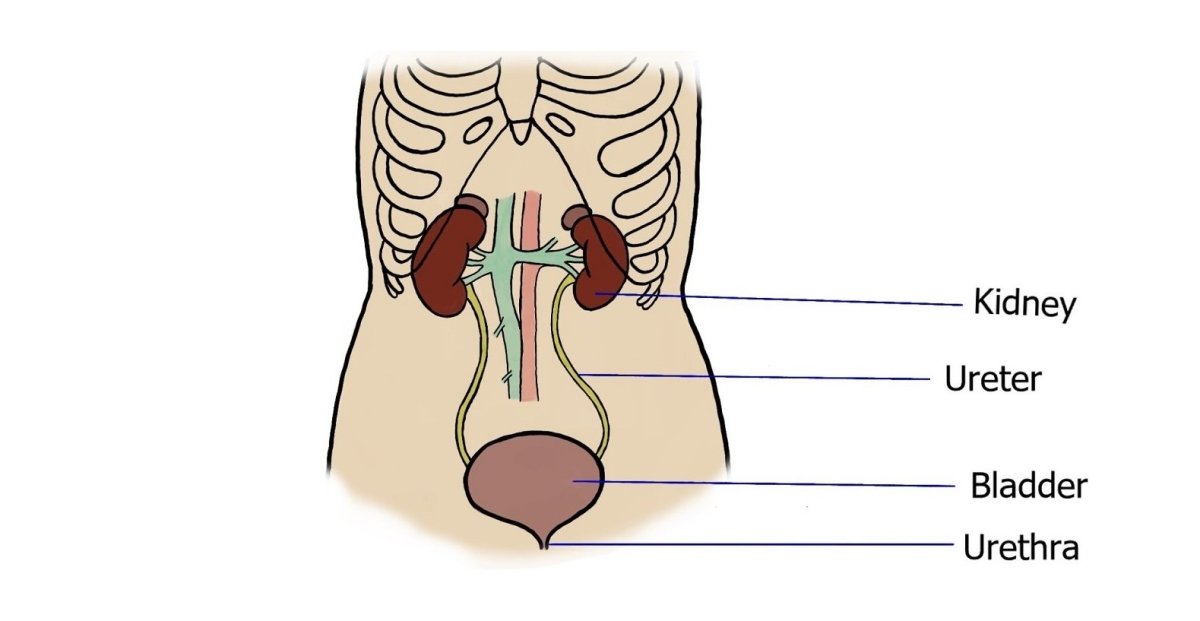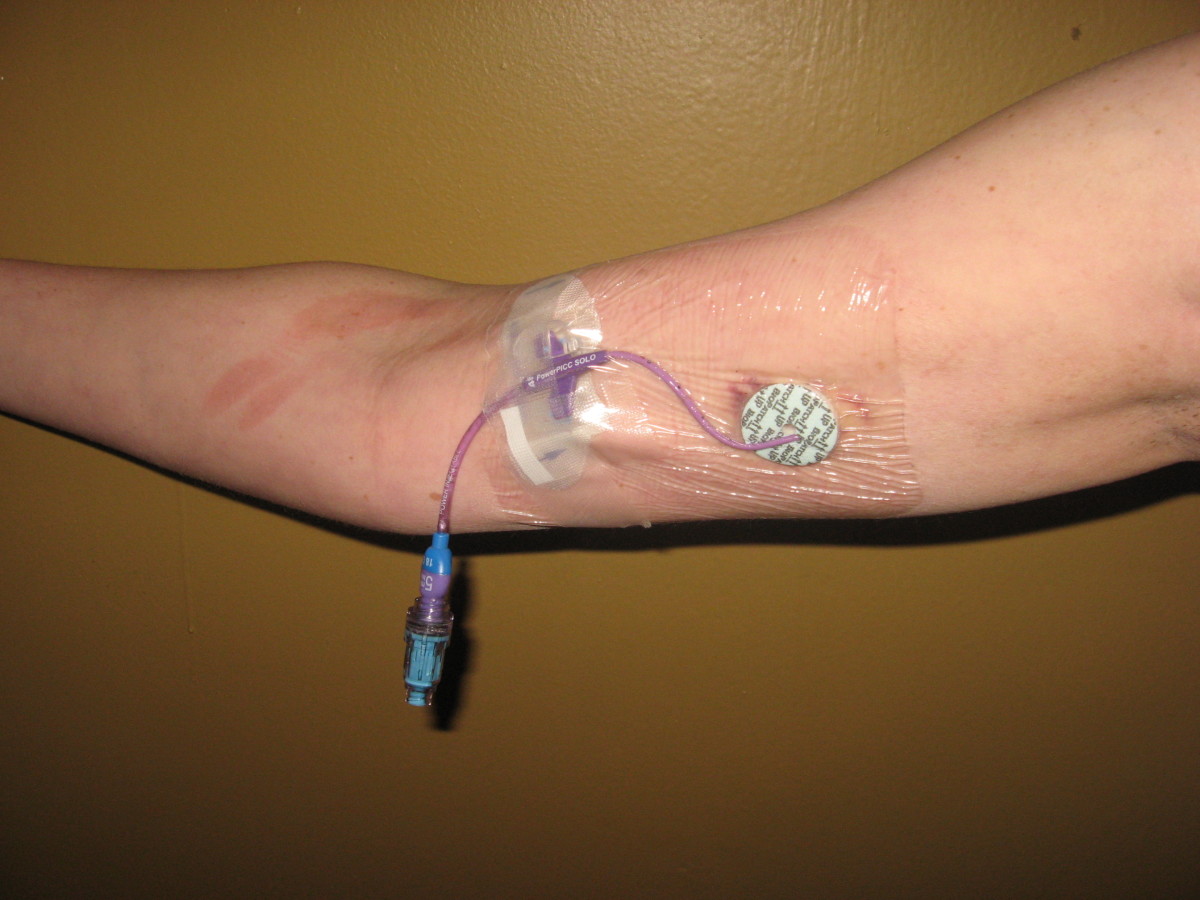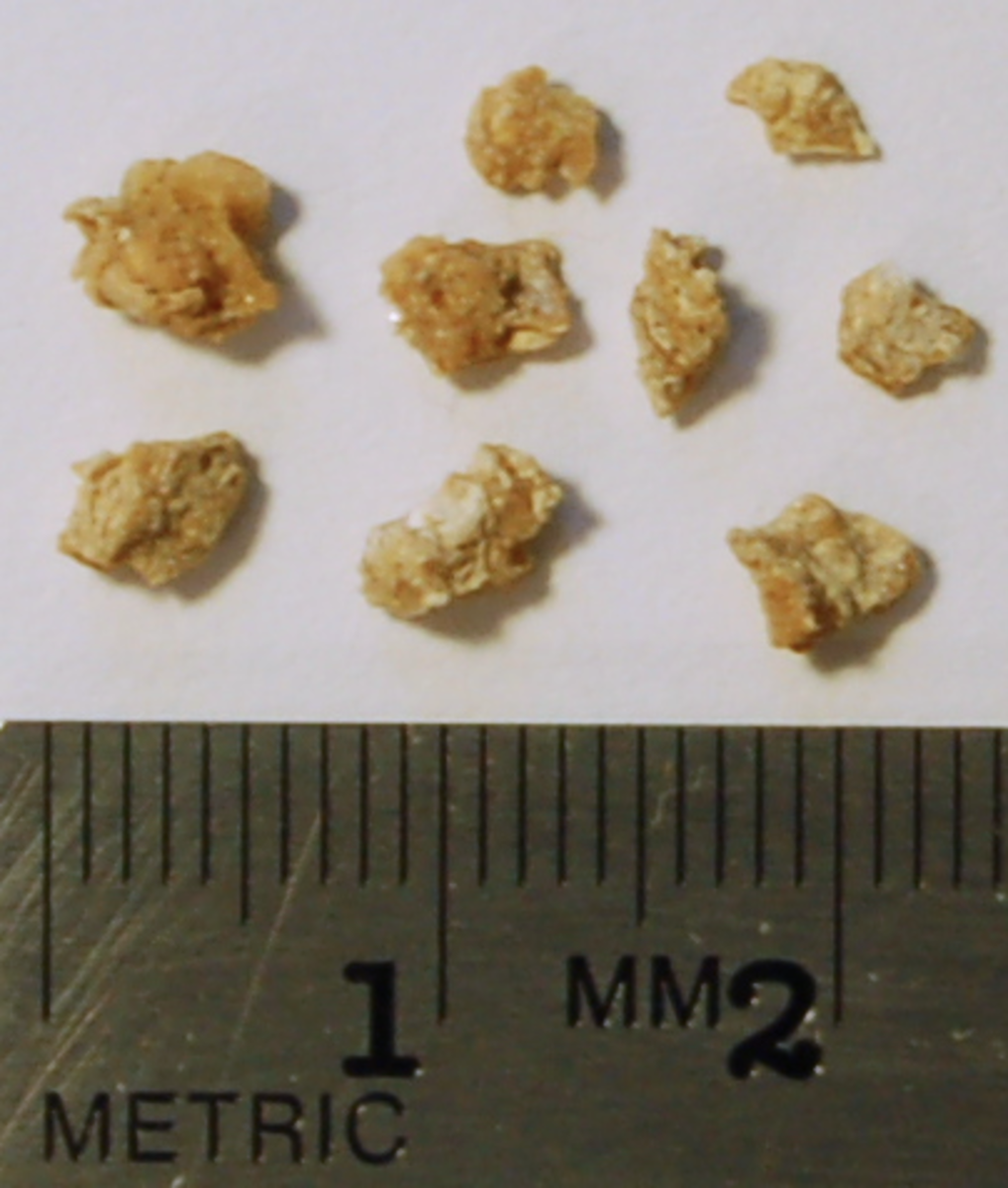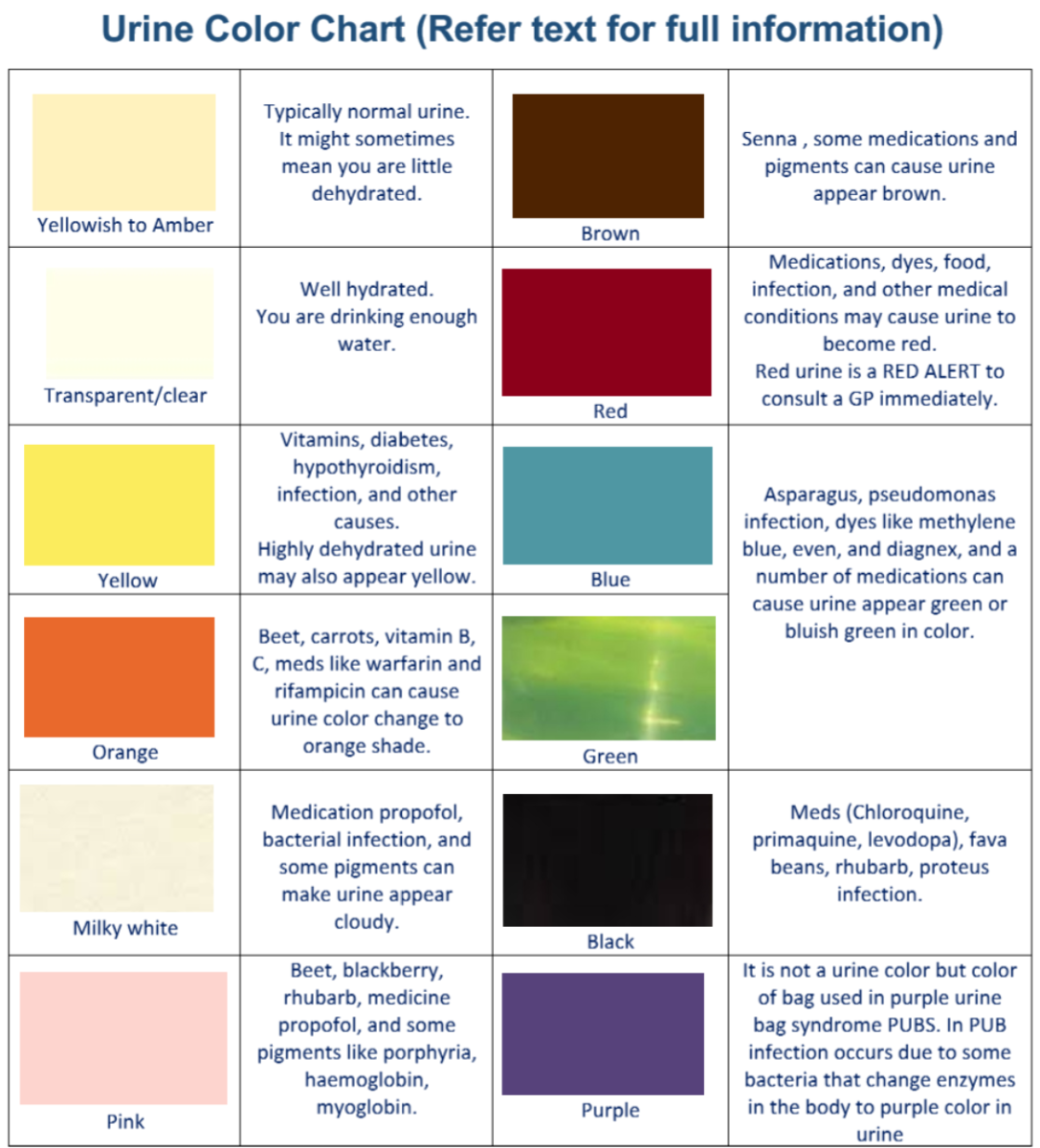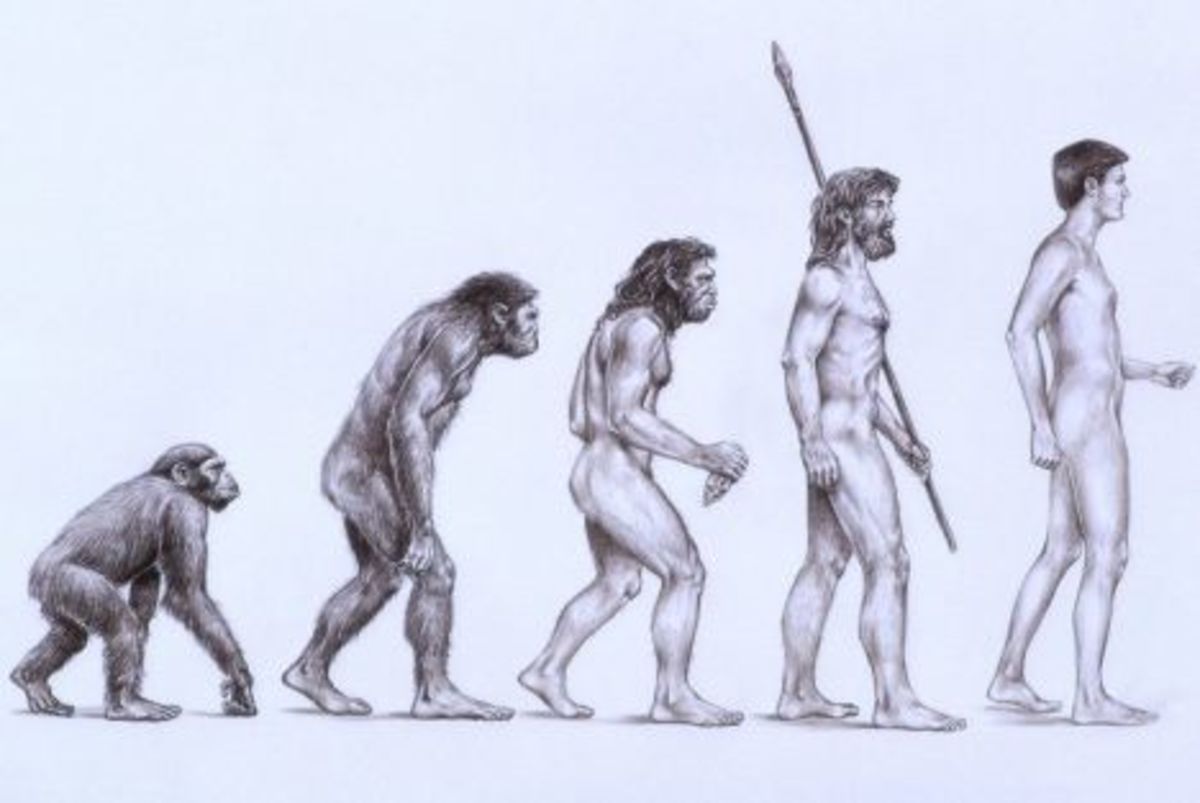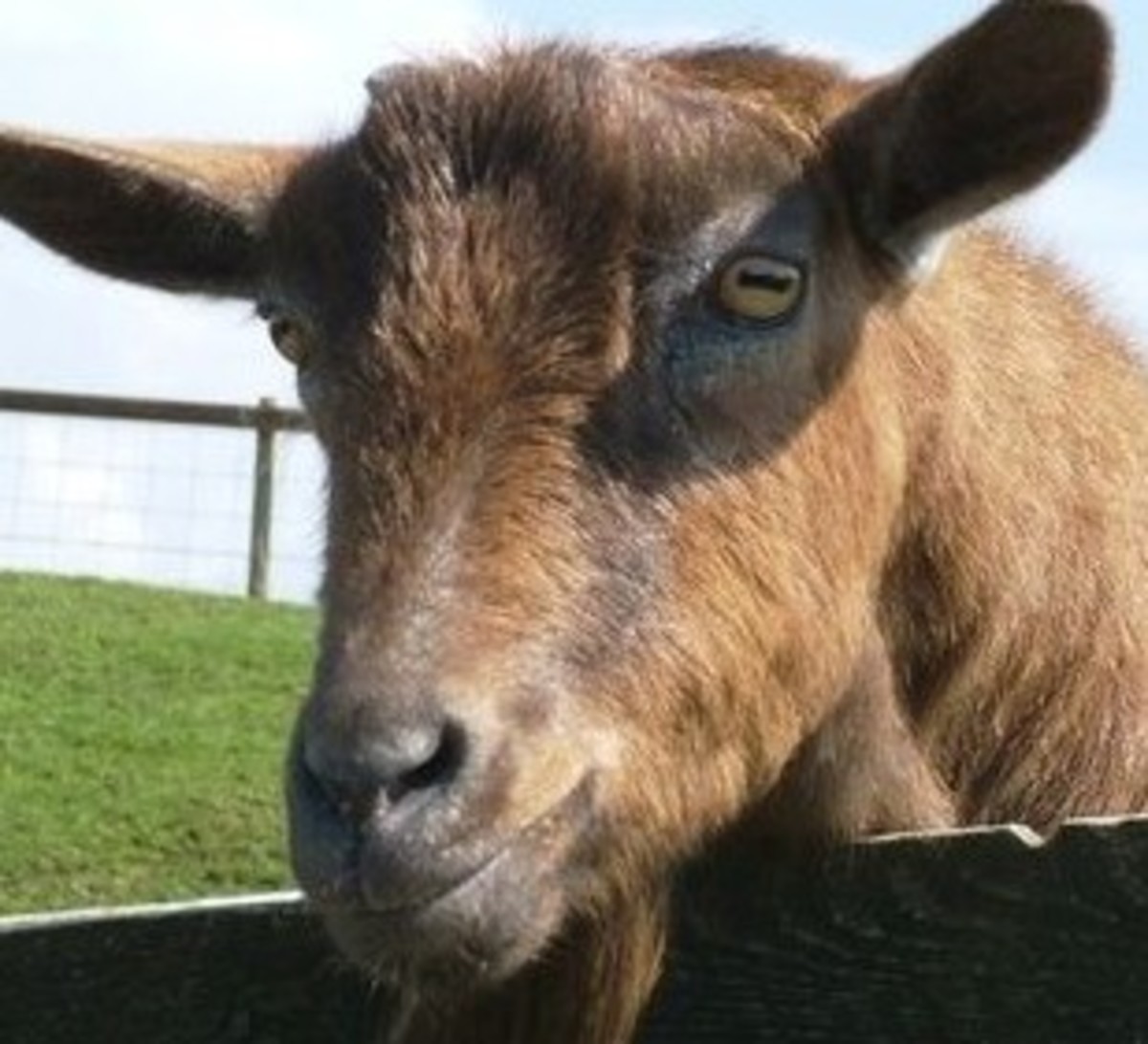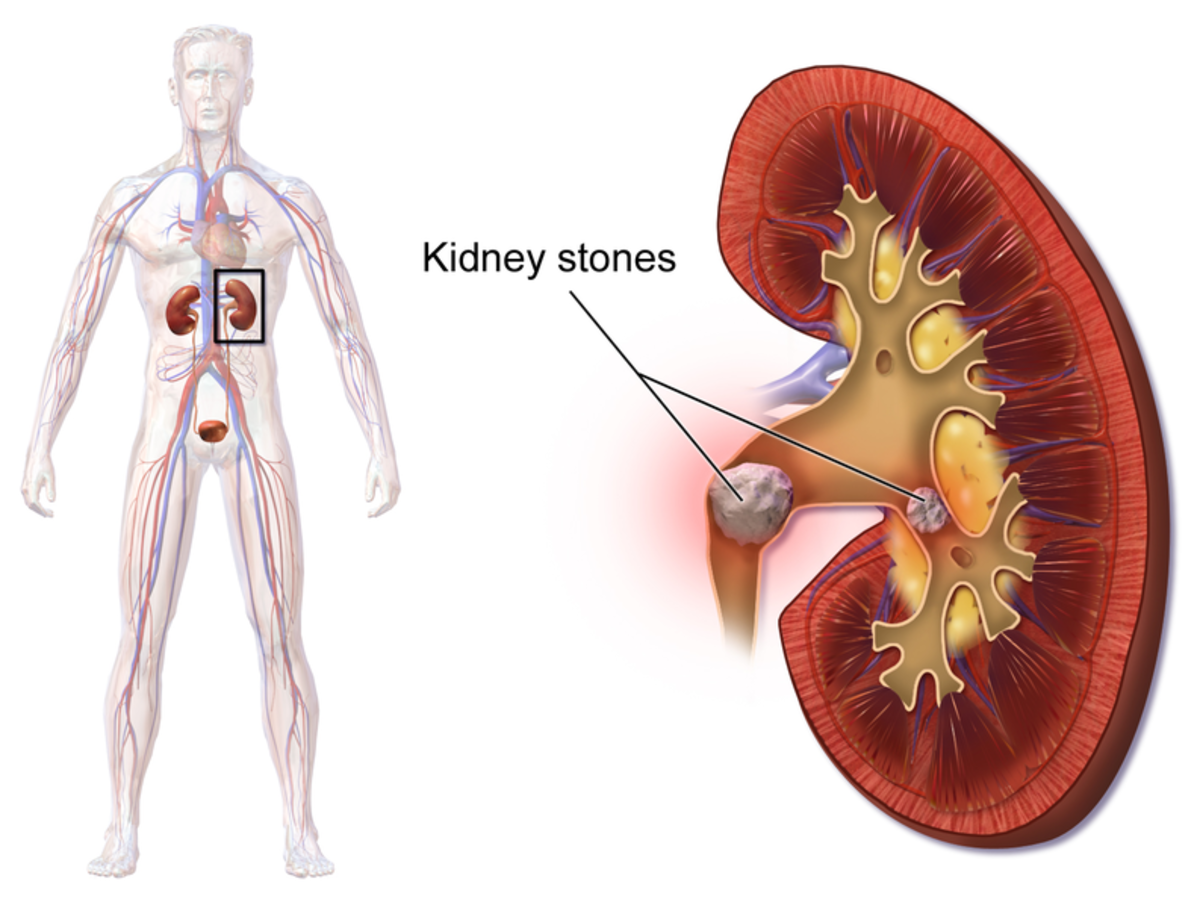Urinary System Review
How Do Animals Excrete Toxic Wastes from Nitrogen Metabolism?
Animals must eliminate metabolic waste products:
- Carbohydrates and fat end as water and CO2 and are easily excreted.
- Proteins and nucleic acids contain nitrogen and also produce nitrogenous waste.
Ammonia (NH3) is the most common and toxic nitrogenous waste.
- Ammonia is soluble in water; aquatic animals who secrete NH3 through gills are ammonotelic.
- Terrestrial and other aquatic animals must convert NH3 to urea or uric acid.
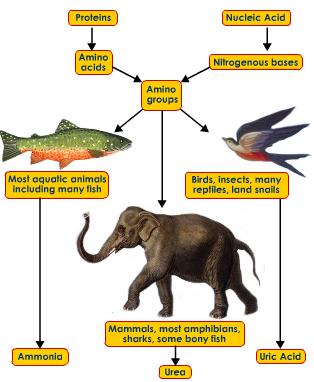
Ureotelic vs. Uricotelic
Ureotelic animals mostly excrete urea.
- Urea is water-soluble but results in a larger water loss.
- This is how we roll.
Uricotelic animals mostly excrete uric acid.
- It is insoluble in water and precipitates out of the urine with little water loss.
- This is the ‘white’ part of bird and reptile droppings
Main Functions of the Kidneys
How Do Vertebrates Maintain Salt and Water Balance?
The kidney:
- Maintains salt and water balance
- Removes ammonia from the blood
- Regulates blood pH
- Produces bicarbonate.
Urinary System Diagram
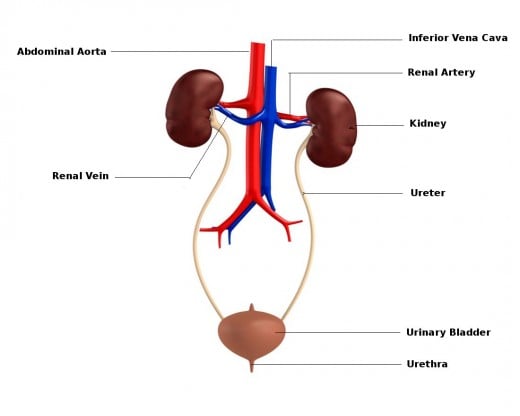
Basic structure of the kidney and the urinary system
How Does the Mammalian Kidney Produce Concentrated Urine?
The ureter, renal artery, and renal vein enter the kidney on the concave side.
- The ureter branches and envelops the renal pyramids.
- Renal pyramids make up the medulla, or internal core.
- The cortex is the outer layer of the medulla.
Ureter:
- A duct from the kidney that leads to the urinary bladder.
Urethra:
- A tube for urine excretion.
The structure of the functional unit of the kidney.
Nephron: the main functional unit of the kidney
The renal tubules
- Begins with Bowman’s capsule, which encloses the glomerulus.
- Then the proximal convoluted tubules—the initial, twisted segments of the renal tubule
Loop of Henle (Descending and ascending branches)
- The ascending limb of the loop of Henle becomes the distal convoluted tubule
- The distal convoluted tubules join the collecting ducts.
- Collecting ducts descend through renal pyramids and empty into the pelvis.
- Pelvic divisions join and leave the kidney as the ureter.
The blood
Afferent arterioles carry blood to the glomeruli.
- Glomeruli are drained by efferent arterioles that become the peritubular capillaries.
- The vasa recta is a network of peritubular capillaries parallel to the loops of Henle and the collecting duct.
All peritubular capillaries from a nephron will drain into venules that lead to the renal vein.
Urinary System Audio Review
How ADH, angiotensin, renin and ANP affect kidney function etc....
What Mechanisms Regulate Kidney Function?
A constant glomerular filtration rate (GFR) needs blood supplied to the kidneys under adequate pressure.
- Autoregulatory mechanisms ensure blood supply and blood pressure:
- Dilation of afferent renal arterioles— maintains glomerular blood pressure
- This maintains adequate GFR
Kidney releases hormone renin if GFR still falls, this activates angiotensin:
Angiotensin:
- Constricts efferent renal arterioles and peripheral blood vessels to raise blood pressure.
The hypothalamus can stimulate release of antidiuretic hormone (ADH) if pressure is too low.
- ADH increases the permeability of membranes to water.
- More water = more pressure
Stretch receptors in the aorta and carotid arteries will inhibit ADH if blood pressure increases.
- Less circulating ADH means less water reabsorbed leading to lower blood volume and pressure.
Atrial muscle fibers release atrial natriuretic peptide (ANP) when blood volume in the atria increases.
- ANP decreases the reabsorption of Na+ in the kidney.
- Increased loss of Na+ and water decreases blood volume and pressure.
More Study Material:
- Nervous System Review
A helpful review guide of the Nervous system. Includes concepts from the spinal cord to the structure and function of the brain. - Digestive System Review
A review of the digestion system in mammals.

